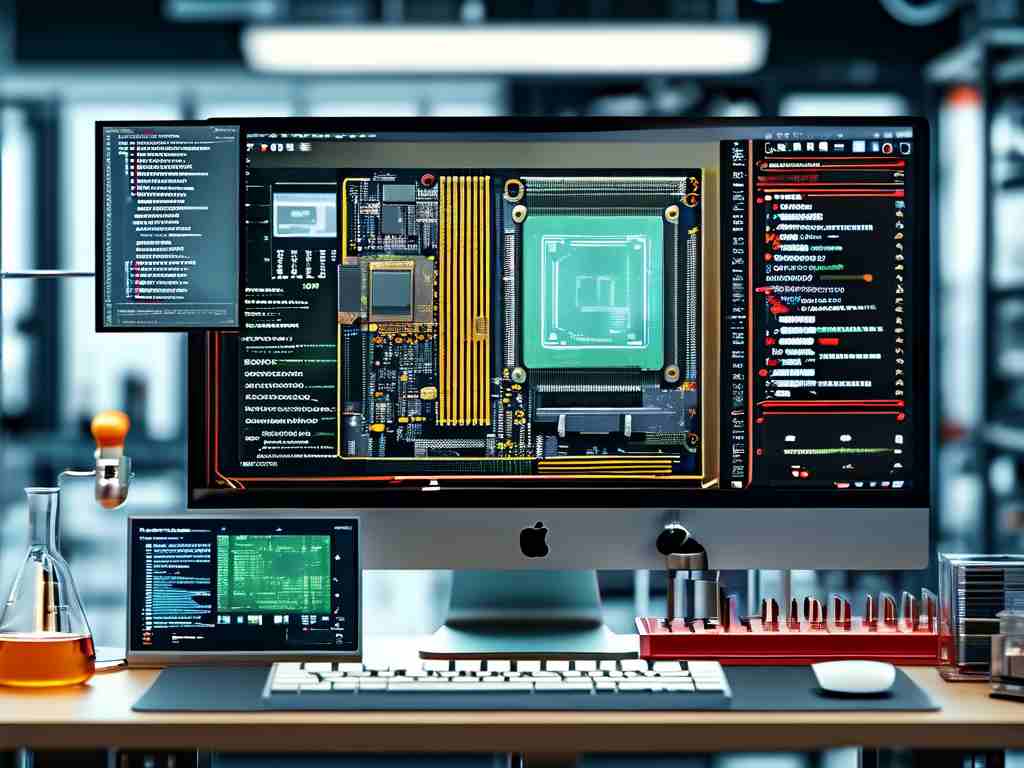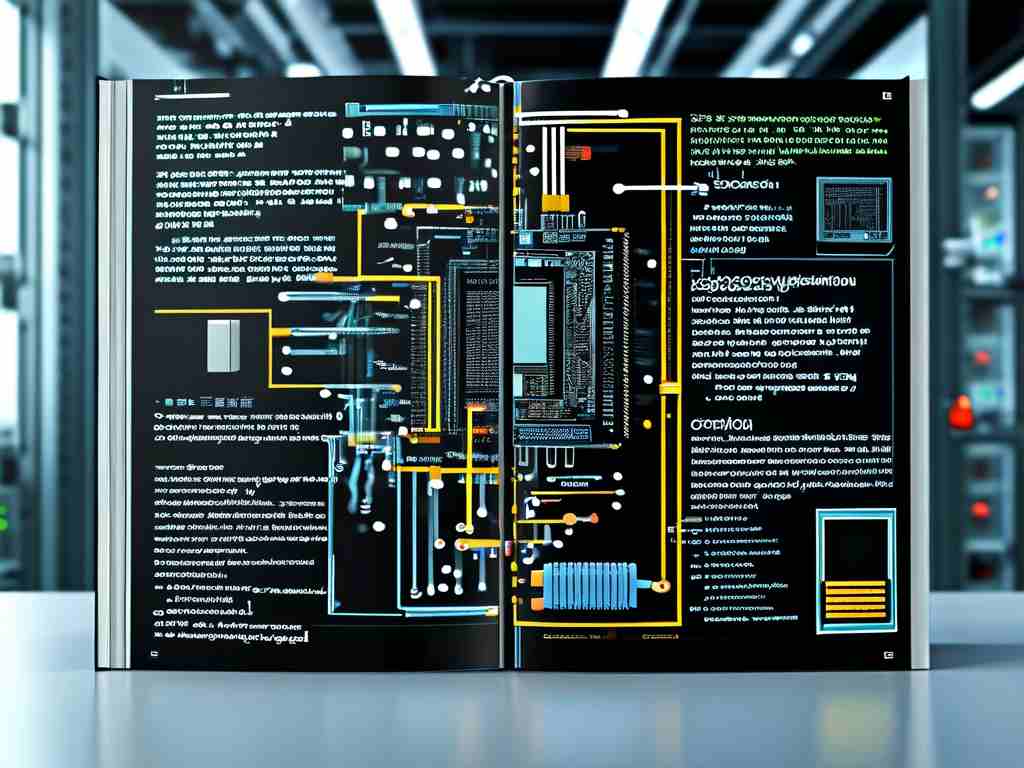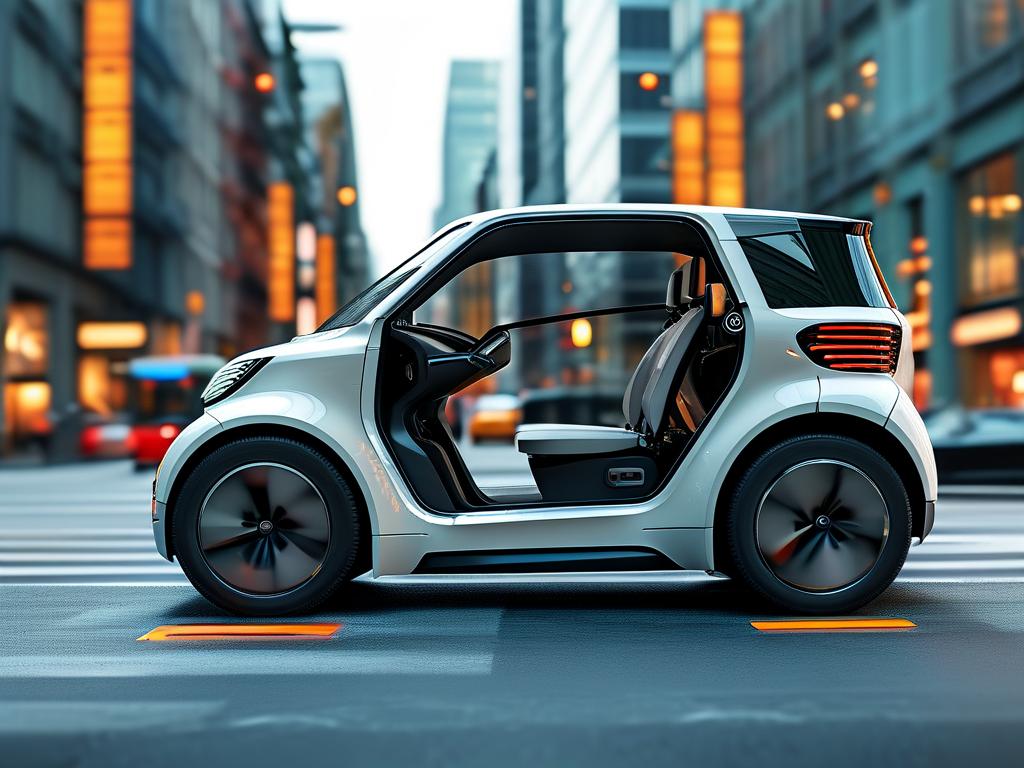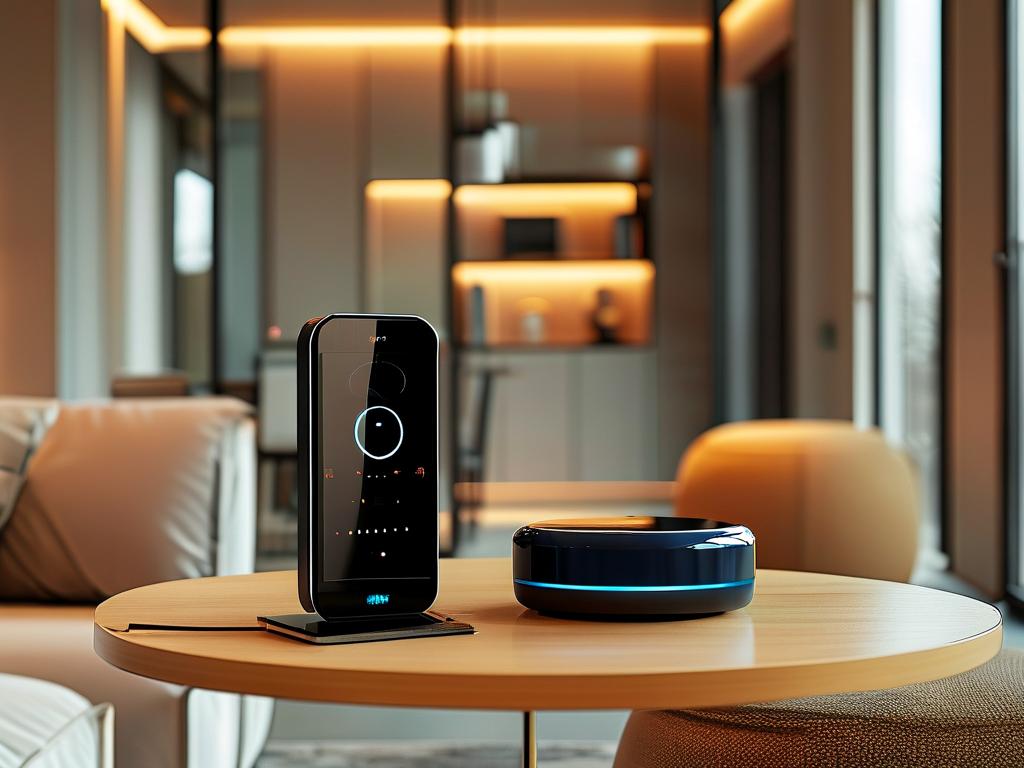The convergence of embedded systems and IoT technologies has revolutionized industries ranging from smart homes to industrial automation. For developers entering this field, mastering embedded IoT development requires a blend of hardware understanding, software proficiency, and system integration skills. This article explores foundational concepts, practical tools, and actionable strategies to accelerate your learning journey.

Core Skills for Embedded IoT
Embedded IoT development demands familiarity with microcontroller architectures like ARM Cortex-M or ESP32. Developers must understand low-power design principles to optimize battery life in wireless devices. Proficiency in C/C++ remains critical for firmware development, while Python is increasingly used for prototyping and edge computing tasks.
A typical workflow involves interfacing sensors (e.g., temperature, motion) with microcontrollers through protocols like I2C or SPI. Consider this code snippet for reading sensor data on an Arduino platform:
void setup() {
Serial.begin(9600);
pinMode(A0, INPUT);
}
void loop() {
int sensorValue = analogRead(A0);
Serial.println(sensorValue);
delay(1000);
}
Connectivity and Protocols
IoT devices rely on communication protocols to transmit data. MQTT and CoAP are lightweight options for constrained devices, while LoRaWAN enables long-range connectivity. Bluetooth Low Energy (BLE) dominates short-range applications like wearable devices.
Developers should experiment with cloud integration. For instance, using AWS IoT Core or Azure IoT Hub to forward sensor data:
import paho.mqtt.client as mqtt
def on_connect(client, userdata, flags, rc):
print("Connected with code", rc)
client = mqtt.Client()
client.on_connect = on_connect
client.connect("mqtt.eclipseprojects.io", 1883, 60)
client.publish("sensor/temperature", "25.6")
Security Challenges
Securing embedded IoT devices involves multiple layers:
- Encrypting firmware updates
- Implementing secure boot mechanisms
- Using TLS/SSL for data transmission
A common vulnerability is unprotected debug ports. Always disable JTAG/UART interfaces in production devices.
Real-World Applications
- Smart Agriculture: Soil moisture sensors communicate via LoRa to optimize irrigation.
- Predictive Maintenance: Vibration sensors on industrial machinery detect anomalies using edge ML models.
Learning Resources
- Hands-on kits: STM32 Nucleo or Raspberry Pi Pico
- Open-source frameworks: Zephyr RTOS for real-time applications
- Community platforms: Hackster.io for project-based learning
The future of embedded IoT lies in AI integration. TinyML frameworks like TensorFlow Lite enable machine learning on microcontrollers, opening doors to voice-controlled devices and predictive analytics at the edge.
Start by building simple projects—a weather station or smart doorbell—to solidify concepts. Gradually tackle complex systems involving multiple sensors and hybrid cloud-edge architectures. Consistency and iterative experimentation remain key to mastering this interdisciplinary domain.









